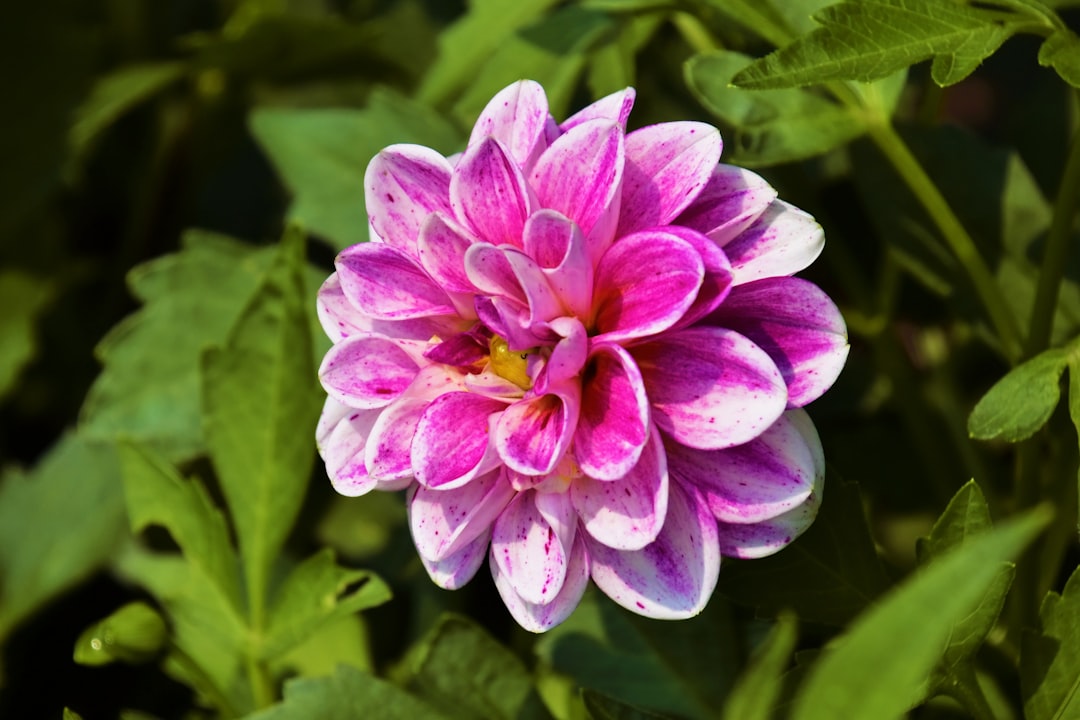
Unwanted plants, often referred to as weeds, can be a persistent nuisance in any garden. They have a knack for popping up among your treasured blooms, disrupting the carefully curated aesthetic and competing with your plants for essential resources such as water, nutrients, and sunlight. However, with the right tools and techniques at your disposal, you can effectively eliminate these invaders and restore the beauty and health of your garden.
One of the first steps in combating weeds is to understand their life cycle. Different weeds have different growth patterns and reproductive strategies, which means that the most effective control methods may vary depending on the type of weed you're dealing with. For example, annual weeds complete their life cycle in a single growing season, producing seeds that can germinate the following year. Perennial weeds, on the other hand, live for multiple years and can be more difficult to eradicate because they have established root systems that can regenerate new growth.
Once you've identified the types of weeds in your garden, you can choose the appropriate control methods. There are several options available, ranging from manual removal to chemical herbicides. Manual removal, such as pulling or hoeing, is a labor-intensive but effective way to get rid of weeds, especially for small areas or when dealing with young weeds. It's important to remove the entire weed, including the roots, to prevent regrowth. However, this method may not be practical for larger gardens or for weeds with deep roots.
Another option is to use mulch. Mulch is a layer of organic or inorganic material that is spread over the soil surface to suppress weed growth, retain moisture, and improve soil health. Organic mulches, such as wood chips, straw, or shredded leaves, break down over time and add nutrients to the soil. Inorganic mulches, such as gravel or landscape fabric, do not break down and can provide long-term weed control. When applying mulch, make sure to spread it evenly and thickly enough to block out sunlight, which is essential for weed growth.
Chemical herbicides can also be an effective way to control weeds, but they should be used with caution. Herbicides are chemicals that are designed to kill or inhibit the growth of plants. There are two main types of herbicides: selective and non-selective. Selective herbicides are designed to target specific types of weeds without harming your desirable plants. Non-selective herbicides, on the other hand, will kill any plant they come into contact with, so they should be used carefully to avoid damaging your garden. When using herbicides, always follow the instructions on the label and wear protective clothing and equipment.
In addition to using the right tools and techniques, it's also important to maintain a healthy garden environment. This includes proper watering, fertilizing, and pruning. Overwatering can create a moist environment that is conducive to weed growth, while under-watering can stress your plants and make them more susceptible to weed competition. Fertilizing your plants with the right nutrients can help them grow strong and healthy, making them more competitive against weeds. Pruning your plants regularly can also help to improve air circulation and reduce the risk of weed growth.
Finally, it's important to be persistent and consistent in your weed control efforts. Weeds are constantly germinating and growing, so it's important to stay on top of them. Regularly inspect your garden for weeds and remove them as soon as you see them. By taking a proactive approach to weed control, you can keep your garden looking beautiful and healthy all season long.
In conclusion, unwanted plants can be a frustrating problem in any garden, but with the right tools and techniques, you can effectively eliminate these invaders and restore the beauty and health of your garden. By understanding the life cycle of weeds, choosing the appropriate control methods, maintaining a healthy garden environment, and being persistent in your efforts, you can keep your garden free of weeds and enjoy the fruits of your labor.
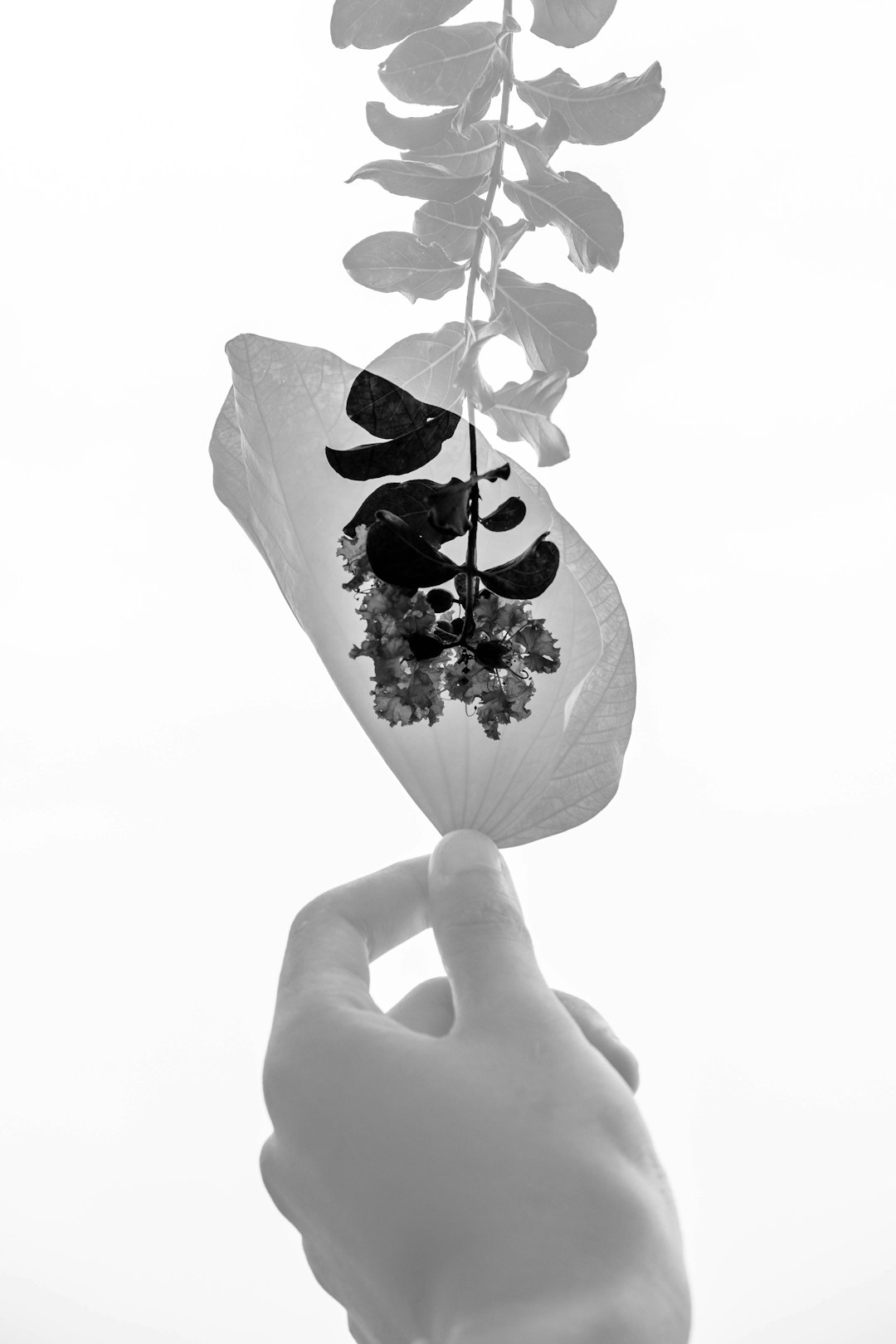
The Secret to Squirrel - Free Potted Plants
The Secret to Squirrel - Free Potted Plants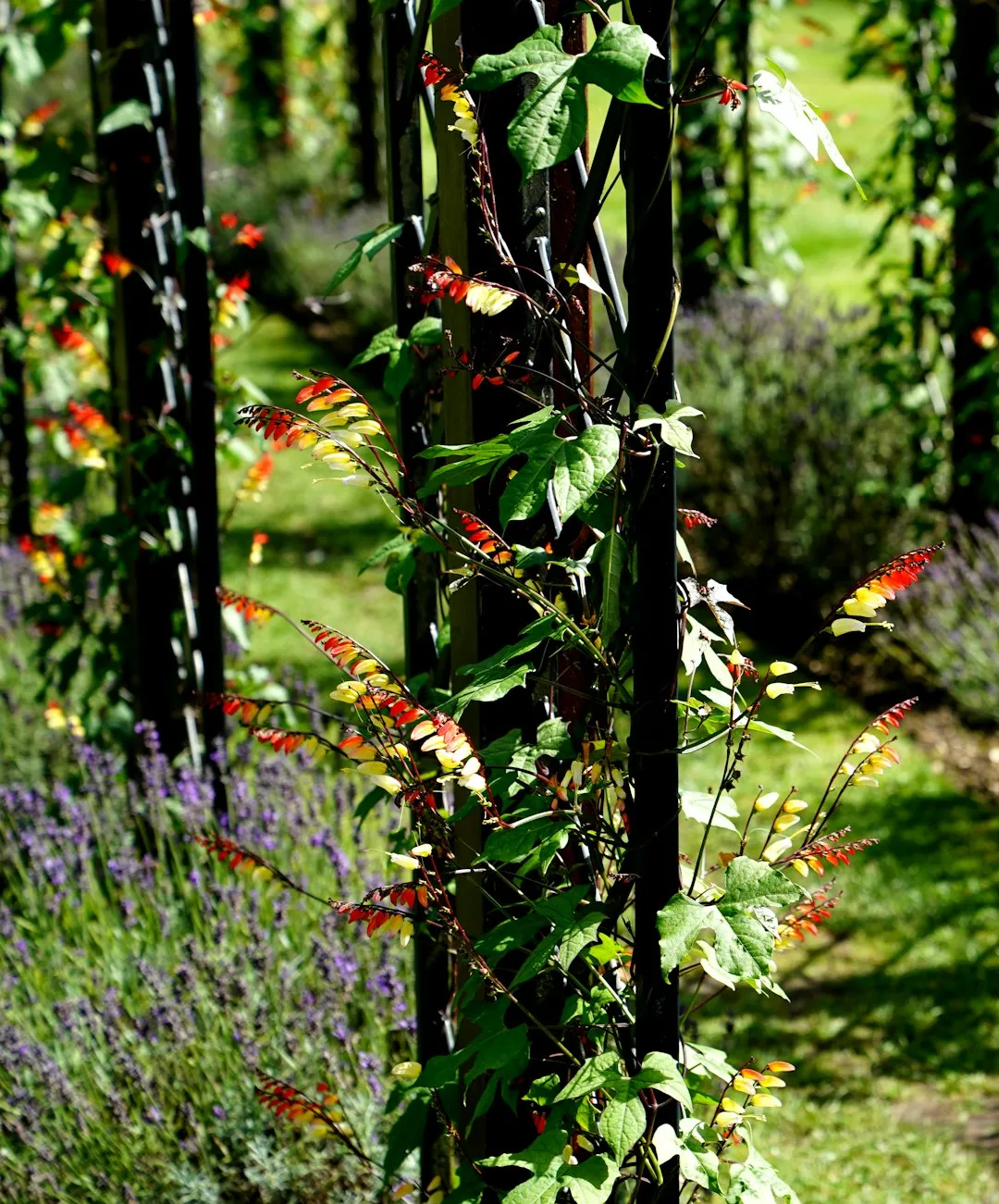
Sweet Rewards: Cultivating Berries in Containers
Sweet Rewards: Cultivating Berries in Containers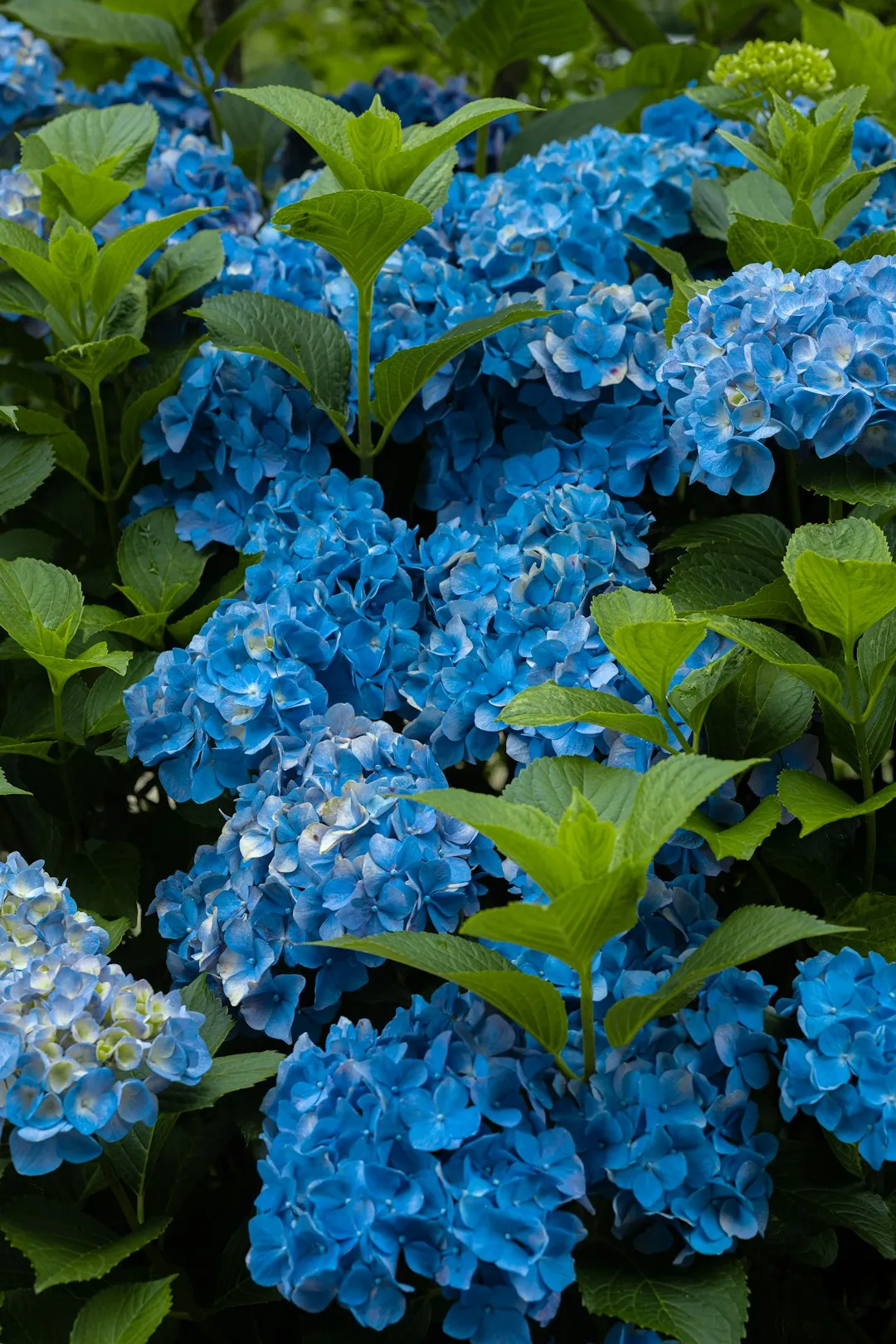
Unveiling the Secrets of a Stunning Lawn
Unveiling the Secrets of a Stunning Lawn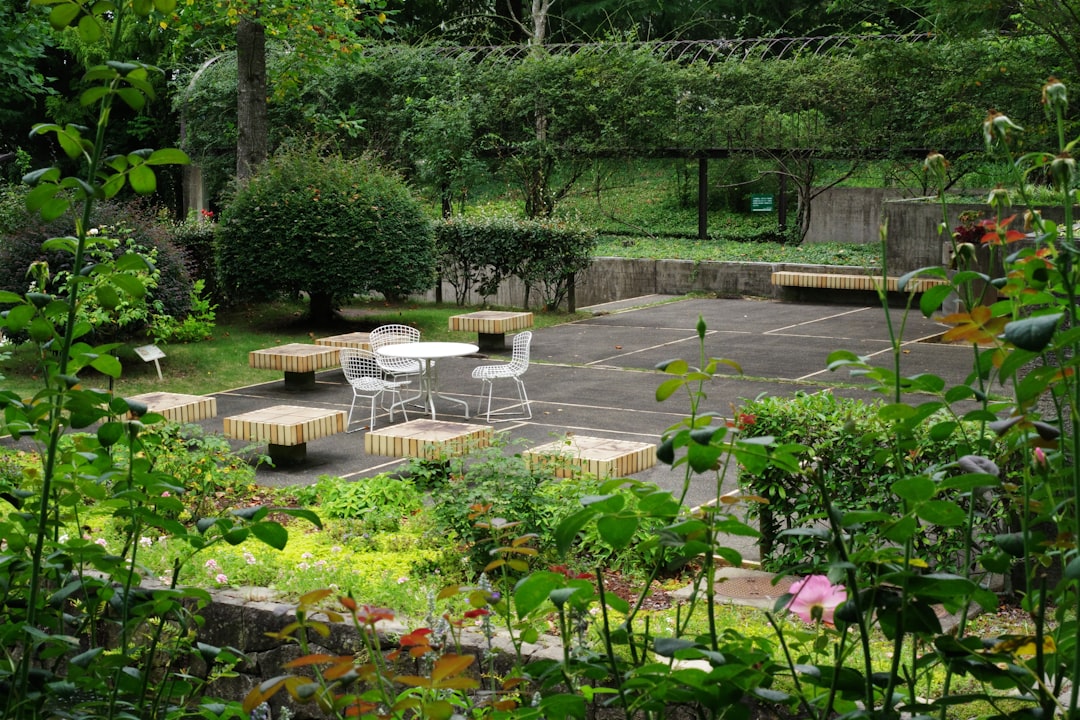
Fall Lawn Maintenance: The Key to a Healthy Yard in Winter
Fall Lawn Maintenance: The Key to a Healthy Yard in Winter
The Secret to Soil Amendment Without Uprooting Your Plants
The Secret to Soil Amendment Without Uprooting Your Plants
Unleash Your Garden's Potential: The Art of Seed Collection
Unleash Your Garden's Potential: The Art of Seed Collection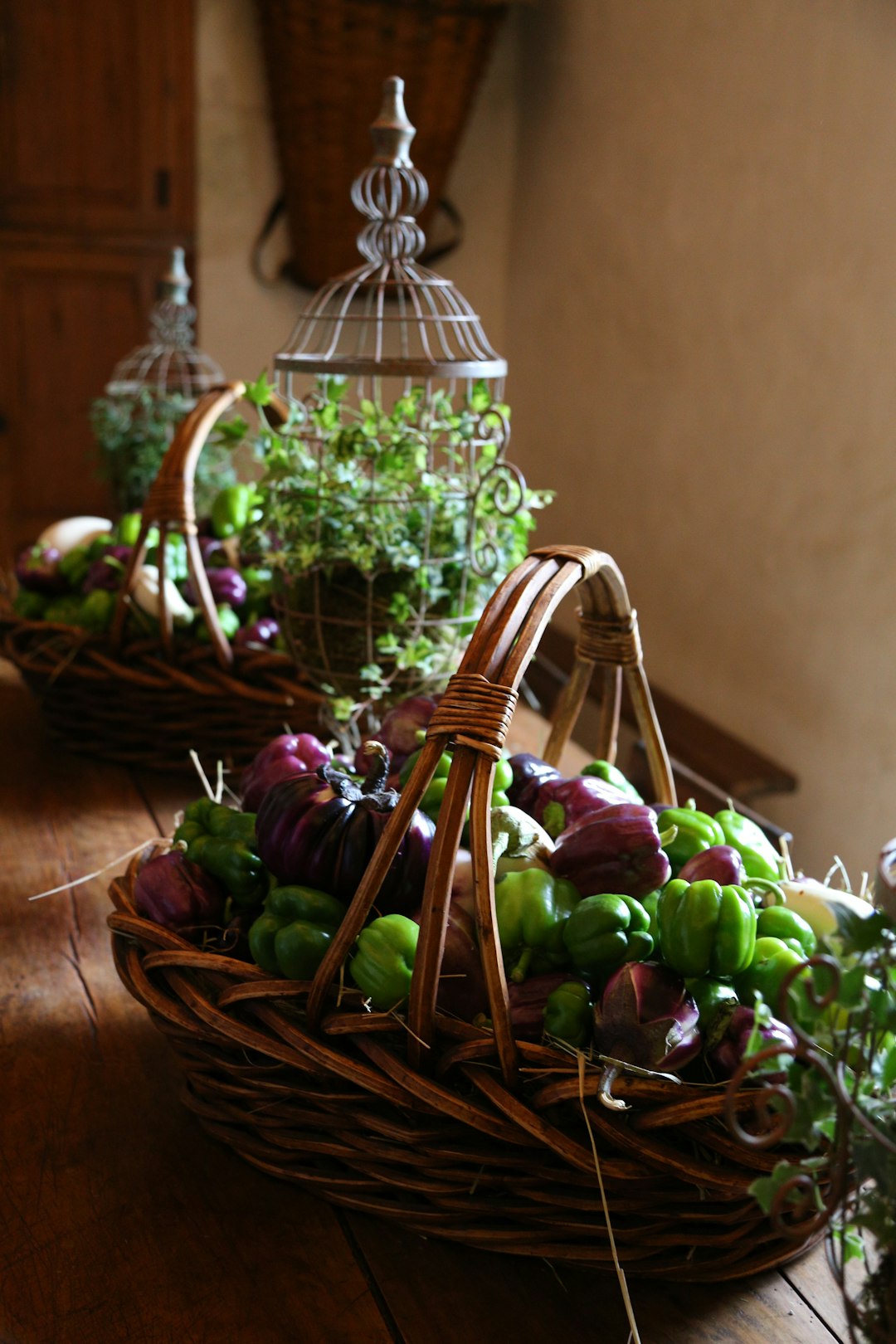
Pre - Summer Yard Care Essentials
Pre - Summer Yard Care Essentials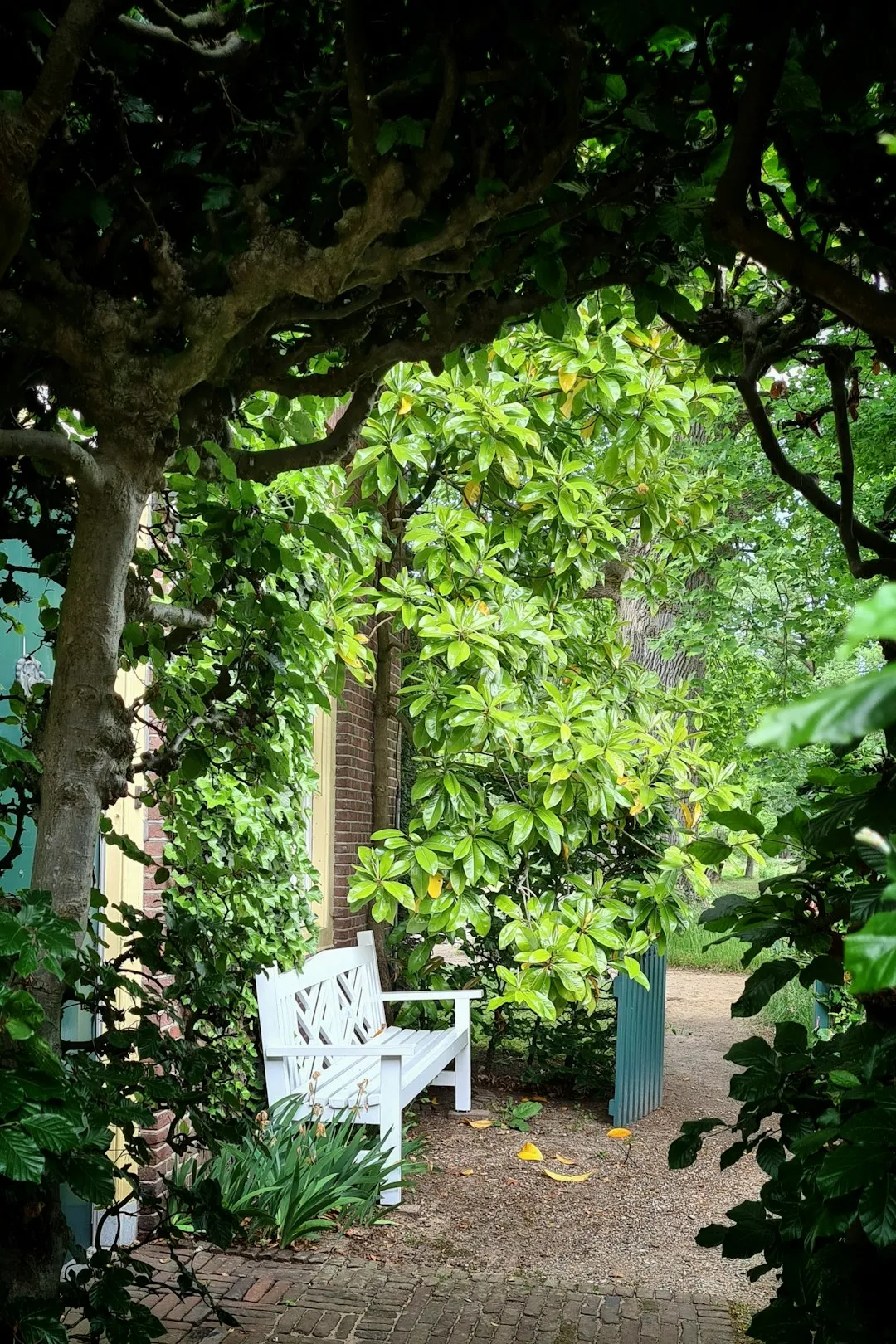
Weathering the Storm: Nurturing Your Garden in Extreme Conditions
Weathering the Storm: Nurturing Your Garden in Extreme Conditions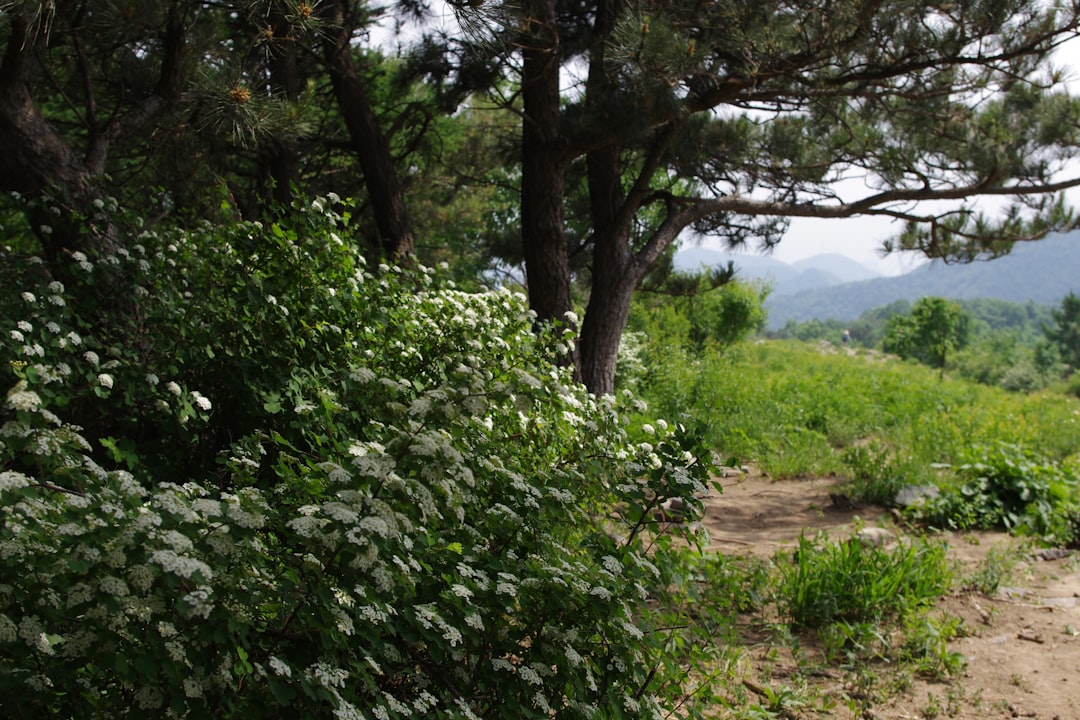
Summer Pruning: The 10 Flowering Plants to Leave Alone
Summer Pruning: The 10 Flowering Plants to Leave Alone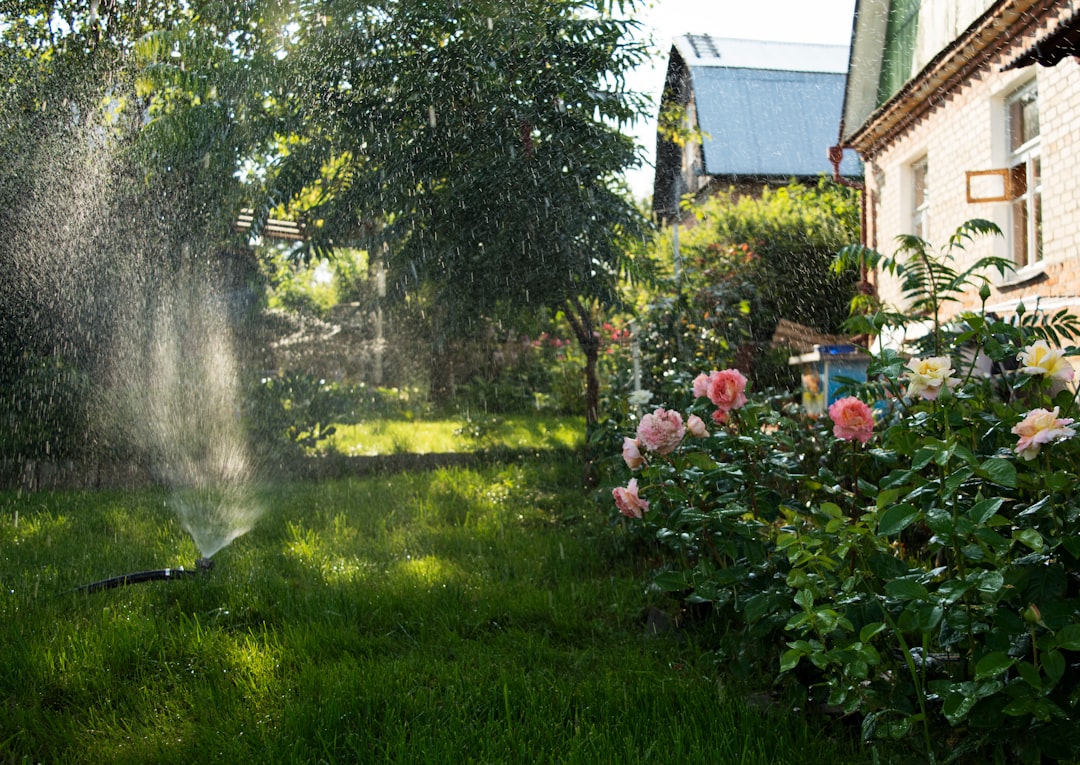
Unveiling the Hidden Gems of Perennial Gardening
Unveiling the Hidden Gems of Perennial Gardening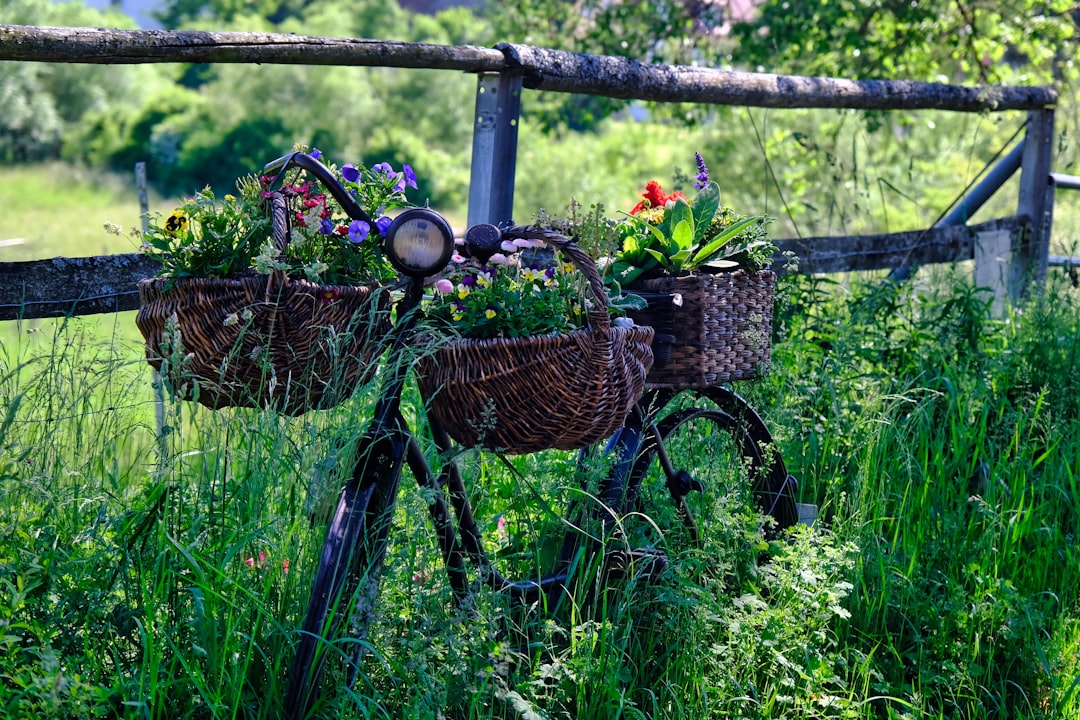
Unleashing the Beauty of Perennial Black - Eyed Susans in Your Garden
Unleashing the Beauty of Perennial Black - Eyed Susans in Your Garden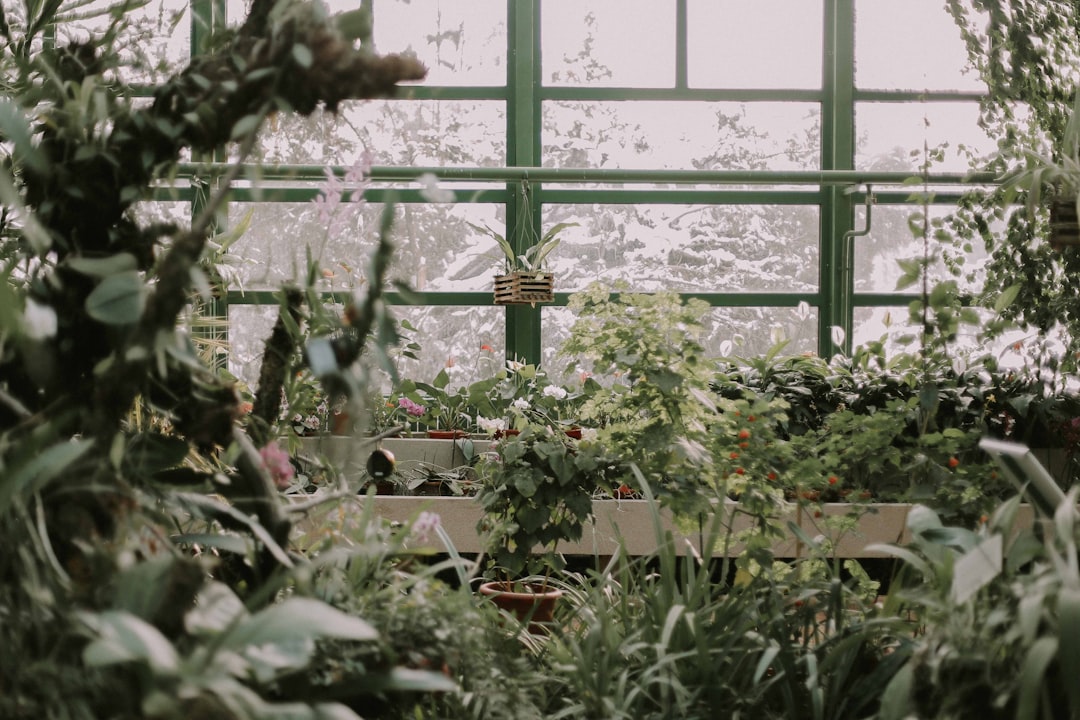
Unveiling the Secrets of Trillium Growth
Unveiling the Secrets of Trillium Growth
The All - Season Charm of Sedum Plants
The All - Season Charm of Sedum Plants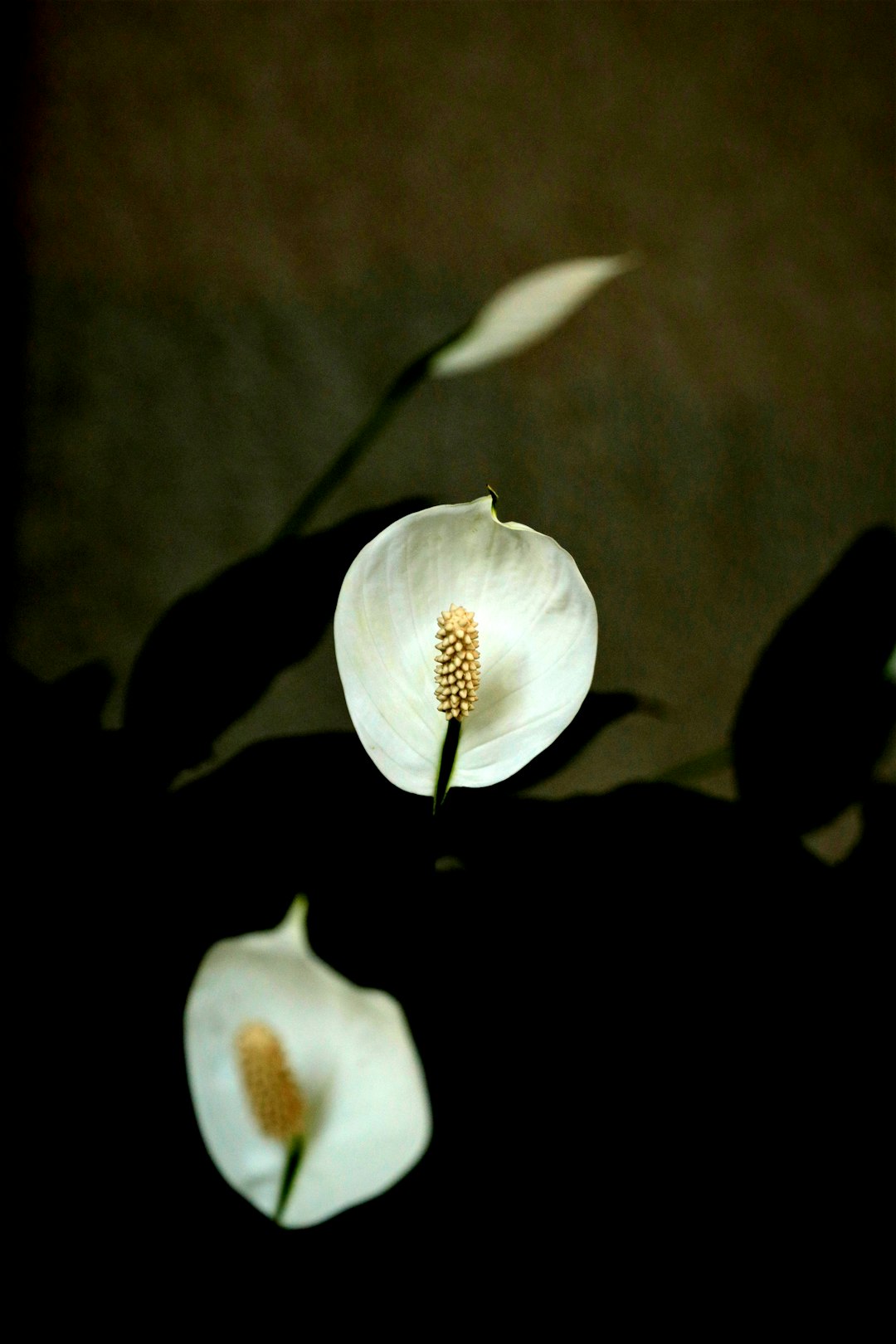
Banishing Snakes from Your Yard: Simple Solutions
Banishing Snakes from Your Yard: Simple Solutions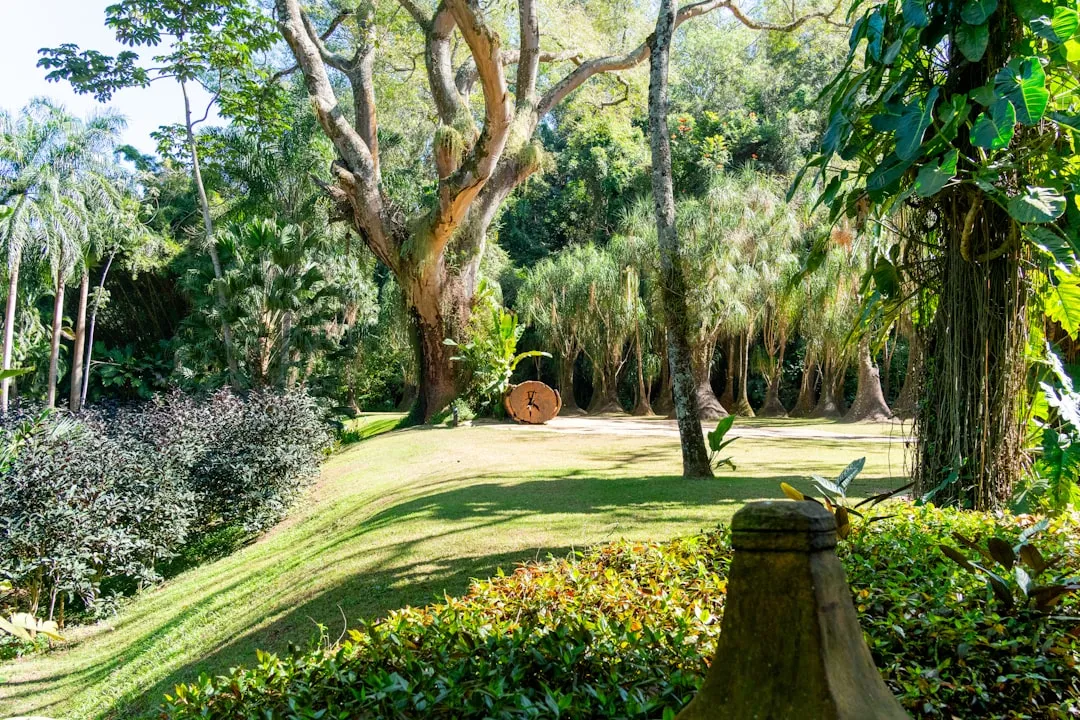
Secrets to a Bug - Free Garden: Conquering Squash Bugs Naturally
Secrets to a Bug - Free Garden: Conquering Squash Bugs Naturally
Transform Your Yard: Banish Crabgrass for Good
Transform Your Yard: Banish Crabgrass for Good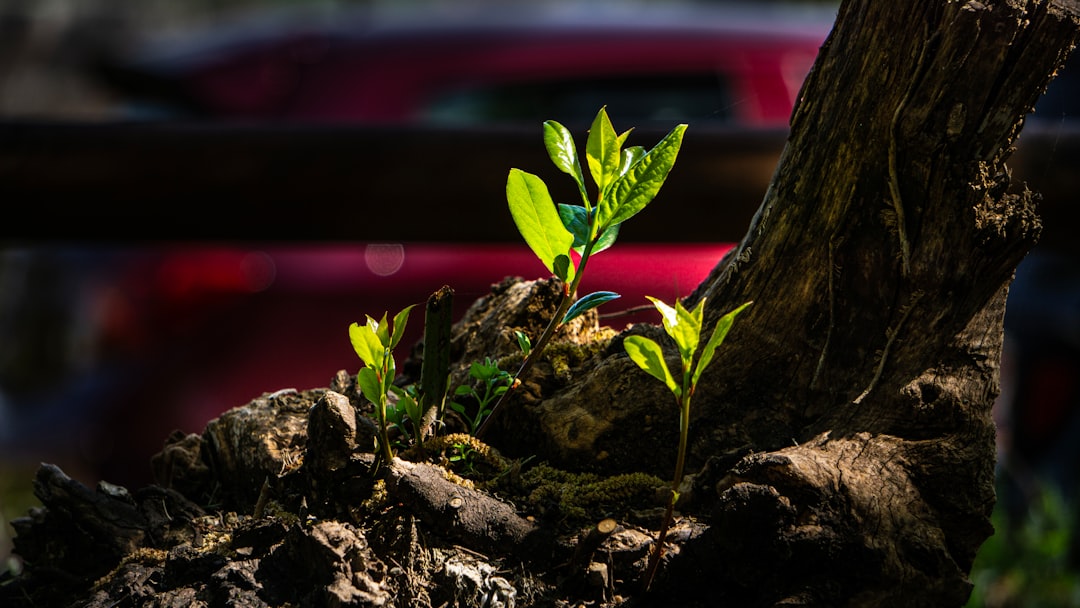
Unveiling the Wonders of a Low - Sun Garden
Unveiling the Wonders of a Low - Sun Garden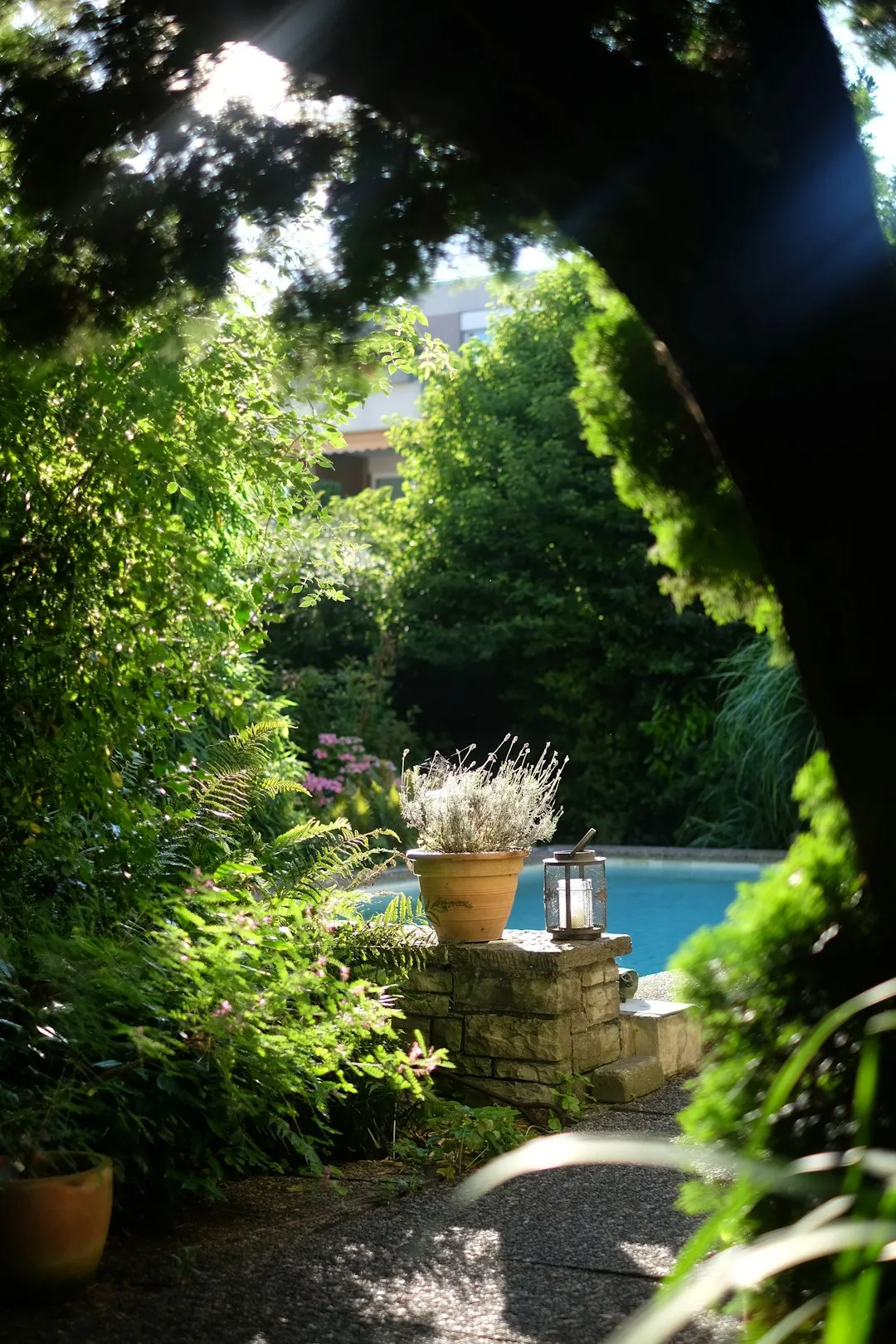
Unleash Your Garden's Potential: The Magic of Lasagna Gardening
Unleash Your Garden's Potential: The Magic of Lasagna Gardening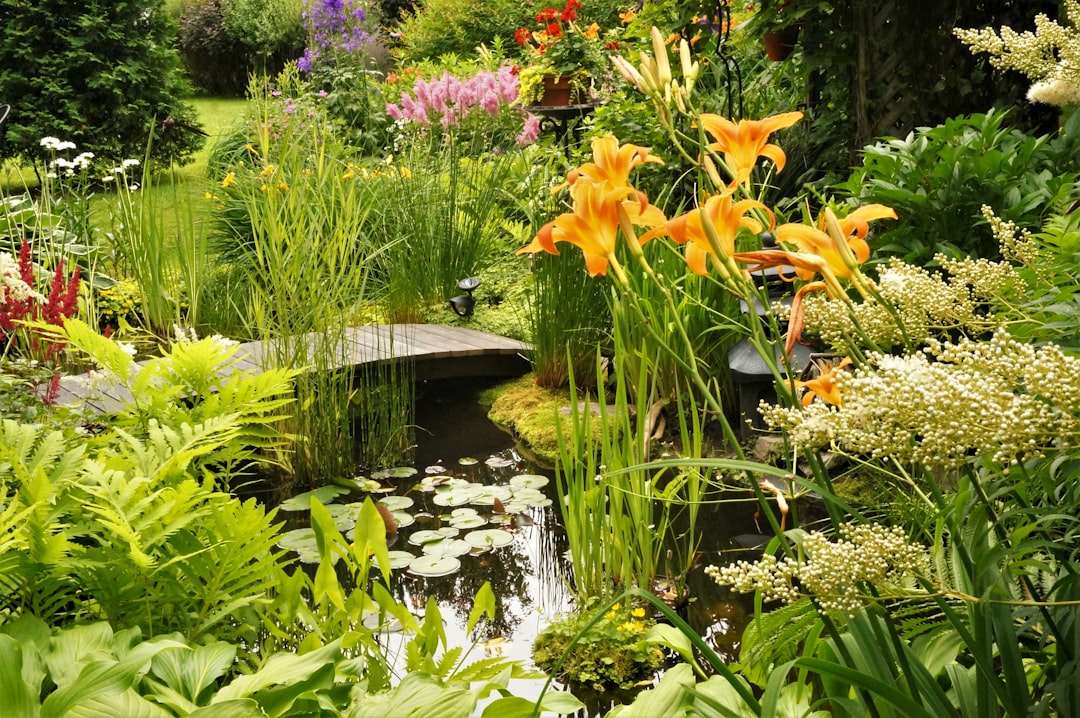
Unveiling the Mysteries of Lunar Gardening
Unveiling the Mysteries of Lunar Gardening
Unleash Your Inner Herbalist: A Guide to Indoor Herb Gardening
Unleash Your Inner Herbalist: A Guide to Indoor Herb Gardening